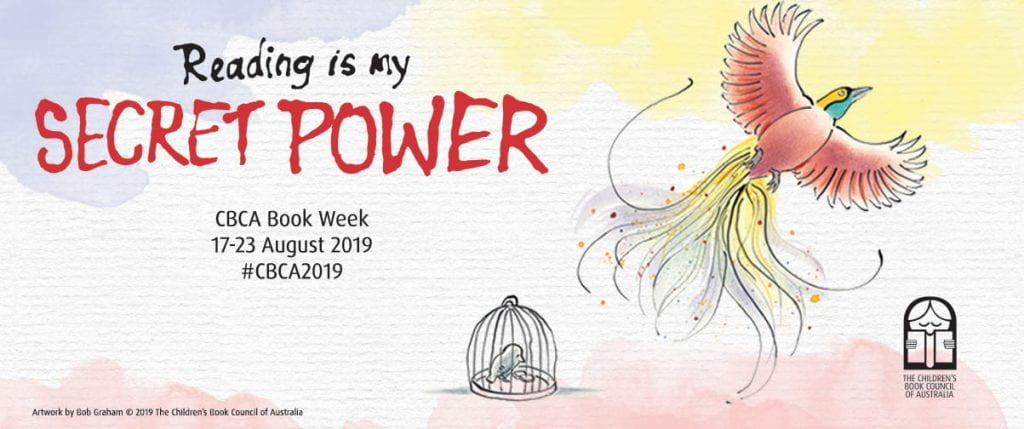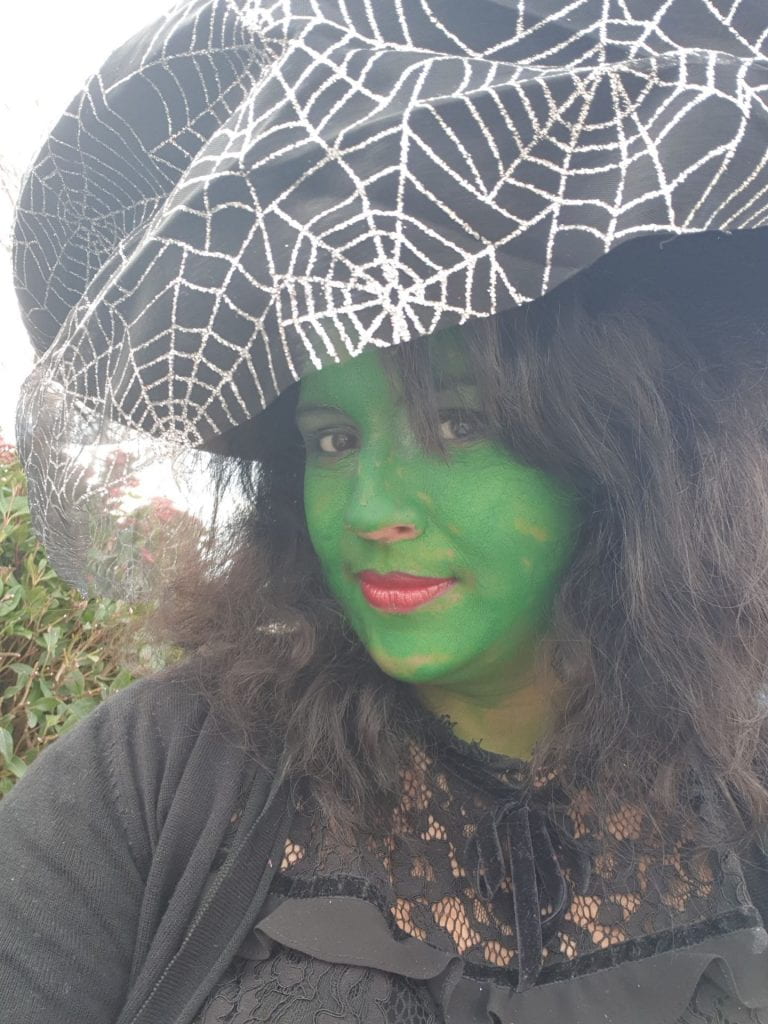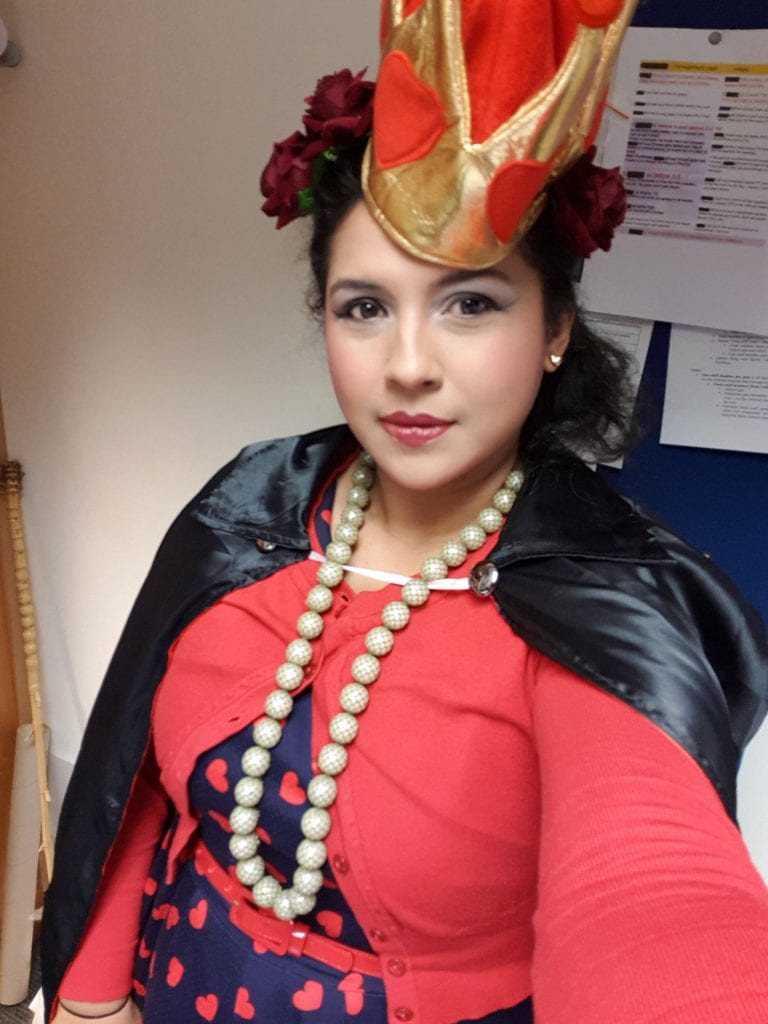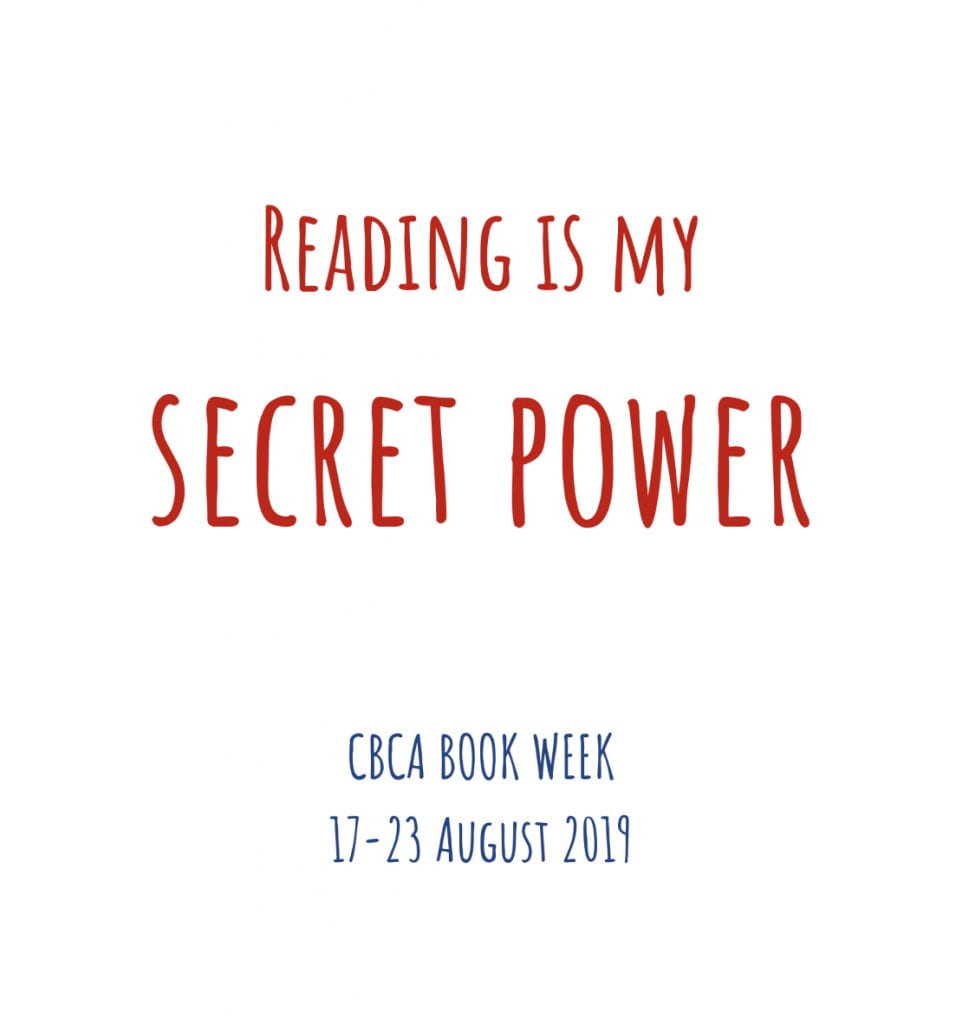Curriculum can be broadly defined as the academic content taught within the education system. In Australia, the National curriculum is three dimensional and covers eight content areas, three cross curriculum priorities and seven skills sectors (ACARA, n.d.). This national framework is broadly defined and whilst some states have set syllabi that clearly delineate what needs to be taught, others have more freedom in the manner in which the learning outcomes are addressed. As this method of delivery is diverse, curriculum implementation falls down to state governance and individual schools to develop and create a plan that clearly outlines the teaching and learning, whilst respecting the values and ethics of the school and its community.
The purpose of schooling is detailed within a curriculum and as a result its strength and veracity will directly affect student learning potential (VCAA, 2015, p.6). Meritorious curricula are cohesive and contain connected units of work that build upon a student learning. It is not an ad hoc system of disconnected and repetitious units, as that leads to student disengagement and teacher angst. A teacher librarian is a witness to all that occurs within a school and from this centralised position, are able to see the teaching and learning from a whole school approach.
The role of a TL can affect curriculum planning in a variety of ways but the four main ways are; facilitating multidisciplinary units of work; creating LibGuides for individual classes, year levels and or units of work; embedding information literacy within the curriculum and explicit instruction. Lastly, ensuring that the school collection supports the teaching and learning practices of the school. In the first place, a TL can facilitate conversations between departments to broach a collaborative unit of work. An example would be, negotiating RE, HASS and Science to address a Sustainability unit from a triple prong approach for a deeper and more holistic learning experience, rather than just superficially addressing aspects in three separate subjects. Real world scenarios are multidisciplinary and it is frustrating to pigeon hole learning into subject areas and be unable to fully experience the scope the unit. Secondly, a TL can use LibGuides as a method in which to curate and organise resources to specific classes, subjects and topic guides. By being involved in the planning stages, a TL can create these LibGuides in anticipation of the units and thus eliminate late and often disruptive requests for resourcing.
TL are information experts as well as teaching practitioners. Their mastery of information seeking behaviour allows them to embed information literacy skills within the curriculum with ease using their knowledge of pedagogy. With the current information overload, students need to be fluent in information literacy and TL can work with classroom teachers to explicitly teach these essential skills. Some schools and TL are working collaboratively to construct a ICT and CCT skill progression framework that will allow students to build upon their current knowledge in a logical manner. Other TL and schools seek methods in which to assess these skills in various formative formats along the inquiry pathway so as to provide useful feedback. The national curriculum is explicit upon the needs to integrate the general capabilities and a TL’s expertise is definitely a benefit in the planning stage. As practitioners, a TL is able to explicitly teach these skills in discrete lessons in a team teaching scenario and or in a consultant role. Finally, when a TL is involved with planning, they can ensure that the school collection is able to support the teaching and learning. Many school budgets are constrained and a TL present in the planning is aware of what the school has currently available and can suggest or recommend resources that are already part of the collection in order to buttress the curriculum judiciously. This is even more important in a digital age when subscriptions and licencing becomes an issue should multiple e-book titles be necessary to support a differentiated learning.
TLs have been emerging as co-creators and designers of inquiry learning within schools for a long time. The somewhat recent inclusion of guided inquiry into the national curriculum has increased the importance of well designed inquiry units for teaching and learning. In collaboration with classroom teachers, TL can assist with designing and resourcing these inquiry units across the school. As an essential phase of inquiry learning requires the student to immerse and explore their task. This immersion and exploration can involved a variety of digital and authentic experiences, which include incursions, excursions, VR and widespread information collation. A TL is often the one that assists with this access to information by providing a few resources as a scaffold or explicitly teaching information literacy skills. These skills are essential students then seek information to answer their question. Education NSW (2016) is explicit in their policy in that a TL is a member of the “teaching staff and as such is actively involved in collaborative teaching and learning, school curriculum planning and program development”. The policy also is clear that TL are required to assist with planning, implementing and evaluating the curriculum at a school. Therefore, NSW public schools are required to have their TL part of their planning and programming. In this token, principals should be allocating planning time to teachers so that they can fulfill the parameters of their position. Whether this mandate is applicable across the states and territories is unknown but the NSW policy definitely sets a valid precedent. It now only is up to principals to ensure that planning and curriculum days during professional development week is actually for planning and not filled up with unnecessary meetings and emails.
Schools that use a collaborative approach with planning have the expertise of an information teacher at the table. Like other speciality teachers within a school, a TL is an information teacher and that title encompassess a wide scope of knowledge and mastery of information seeking behaviour. It is this mastery and unconscious competence that allows the TL to see the unit of work beyond the content and place the skills on the learning continuum. Schools that promote collaborative curriculum planning harness this knowledge and use this collective strength to create units of work that extend the mind and build upon those important life long skills. The absence of a TL within curriculum development is detrimental to student learning. TLs are essential to curriculum planning for multiple reasons, especially their skill in information literacy and wide curriculum knowledge. Their skills in information seeking behaviour are essential in this digital age of misinformation and their unconscious competence in this field means that they are able to create units of work that are beyond the scope of most classroom teachers. Whilst these skills are important for all students, they are essential for students from lower socio-economic households where there is already a digital divide (DIIS, 2016).
Curriculum planning ideally should be a collaborative effort and include all teachers and their disciplines. The intentional exclusion of the TL seems foolhardy as there is ample evidence illustrating their positive effect on learning outcomes. But unless a TL is willing to advocate their place at the table then it is unlikely an invitation will be issued.
References
ACARA (n.d.) Structure of Australian Curriculum; F-10. Retrieved from https://www.australiancurriculum.edu.au/f-10-curriculum/structure/
ACARA (n.d.b) History Inquiry. Retrieved from https://www.australiancurriculum.edu.au/Search/?q=history%20inquiry
DET Victoria (n.d. ) Curriculum Planning. Retrieved from https://www.education.vic.gov.au/school/teachers/teachingresources/practice/Pages/curriculum.aspx
Department of Industry, Innovation and Science (2016). Australia’s digital economy update. Retrieved from https://apo.org.au/sites/default/files/resource-files/2016/05/apo-nid66202-1210631.
Education NSW (2016) School library policy. Retrieved from https://education.nsw.gov.au/policy-library/policies/library-policy-schools?refid=285831
Lutheran Education Queensland (n.d) Approaches to learning. Inquiry based learning. Retrieved from https://www.australiancurriculum.edu.au/media/1360/lutheran-education-queensland-inquiry-based-learning.pdf
Softlink International (n.d.) The ongoing importance of school libraries. Retrieved from https://www.softlinkint.com/downloads/The_Ongoing_Importance_of_School_Libraries.pdf
VCAA (2015) Victorian Curriculum; Foundation – Year 10; Revised curriculum planning and reporting guidelines. Retrieved from https://www.vcaa.vic.edu.au/Documents/viccurric/RevisedF-10CurriculumPlanningReportingGuidelines.pdf












